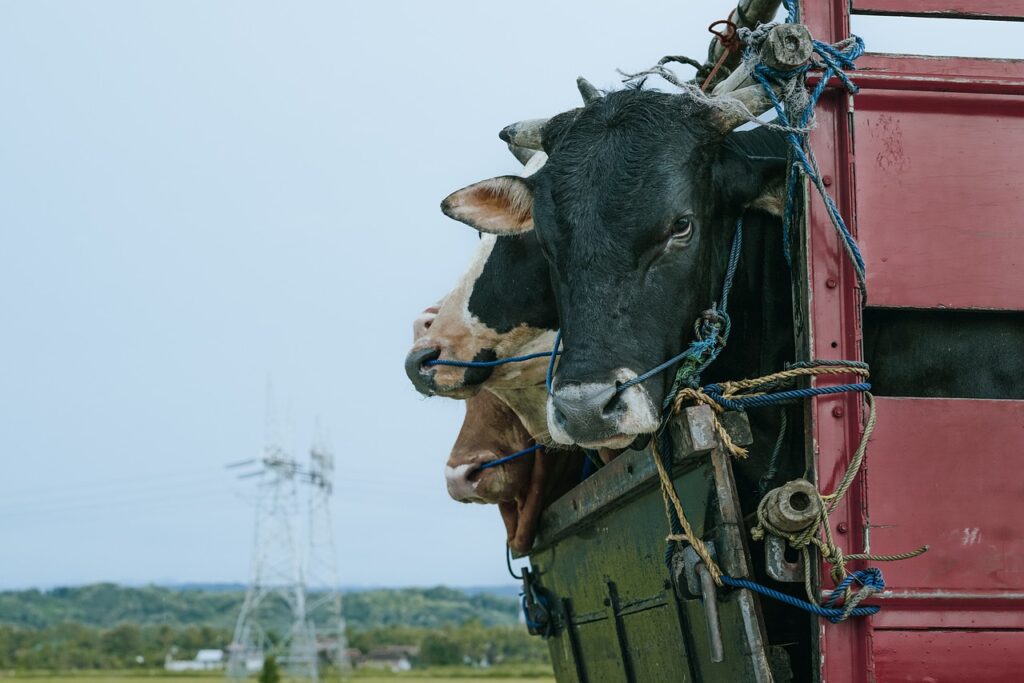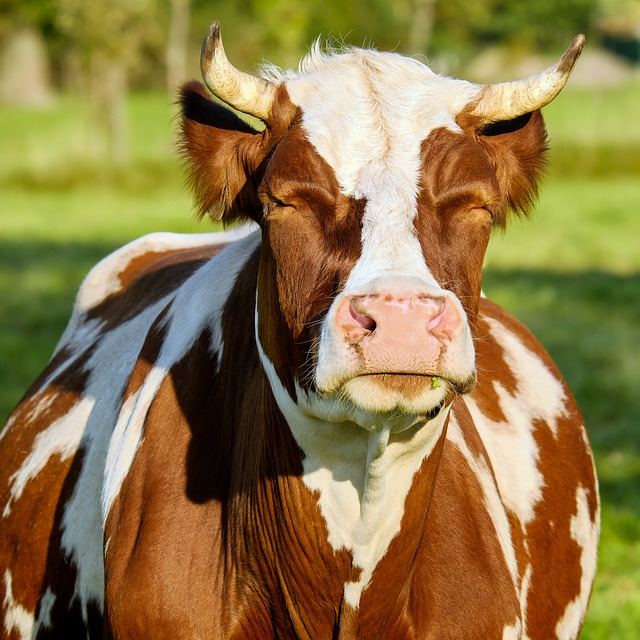A successful sheep breeding program relies heavily on the care and management of rams, especially during the mating season. Health, nutrition, and management are critical factors that influence breeding success. Here are key guidelines to ensure your rams are in optimal condition and capable of producing excellent mating results.
1. Use Experienced Rams with Proven Fertility
Select rams that have a track record of fertility and experience. Avoid using ram lambs, as they lack the maturity and proven capability of older rams. Experienced rams are more reliable and contribute to better breeding outcomes.
2. Maintain an Appropriate Ram-to-Ewe Ratio
During the sheep breeding season, aim for a ratio of 1 ram to 10 ewes. It’s important to note that semen quality is generally lower outside the breeding season and just before it begins. To compensate for this, a ratio of 1 ram to 5 ewes is recommended outside the natural breeding season. This adjustment helps maintain breeding effectiveness when advancing the breeding schedule.
3. Conduct Thorough Health Checks
Perform a comprehensive health examination of all rams 6 to 8 weeks before mating. This should include a detailed inspection of the rams’ external genitalia. Consult with your veterinarian to ensure a thorough and accurate assessment. Begin flushing rams 6 to 8 weeks before mating to improve their body condition, aiming for a condition score of 4 at the start of the mating season. Additionally, consider ‘teasing’ rams with ewes to prime them for an early mating season.
4. Prepare Ewes Properly
Ensure that ewes are in good condition by flushing them for at least 3 weeks prior to mating. Aim for a condition score of 3 to 3.5, but be cautious to avoid over-fatness, as it can negatively impact fertility and mating success.
5. Minimize Stress During Sheep Breeding Season
Avoid stressing both ewes and rams during the pre-mating period by steering clear of procedures such as dipping, transport, and shearing. Stress can adversely affect their health and fertility, leading to poor mating outcomes.
6. Supervise Mating
During mating, confine ewes in small areas with one ram per group, or keep the flock in a small field with a maximum of 5 rams and 50 ewes per area. Supervised or ‘hand-mating’ can also be beneficial. This involves closely monitoring ewes and removing them from the group when they are served, or introducing them individually to the ram. Returning ewes to a different ram 12 hours later can reduce the risk of failure due to issues with an individual ram.
7. Manage Group Mating Effectively
If splitting the flock into groups to maintain an acceptable ram-to-ewe ratio, sponge the groups at least 7 days apart. This allows rams time to recover, ensuring they remain effective throughout the mating season. Without this interval, the benefit of grouping is minimized.
8. Avoid Stress Post-Mating
Post-mating, avoid any stressful procedures such as dipping or unnecessary handling for ewes during the month following mating. This period is crucial for the implantation of the embryo, and stress can jeopardize the success of the pregnancy.
Adhering to these guidelines, you can enhance the effectiveness of your breeding program, ensuring healthy, fertile rams and improving the chances of a successful mating season. Proper care, management, and strategic planning are key to achieving the desired breeding outcomes in sheep.





